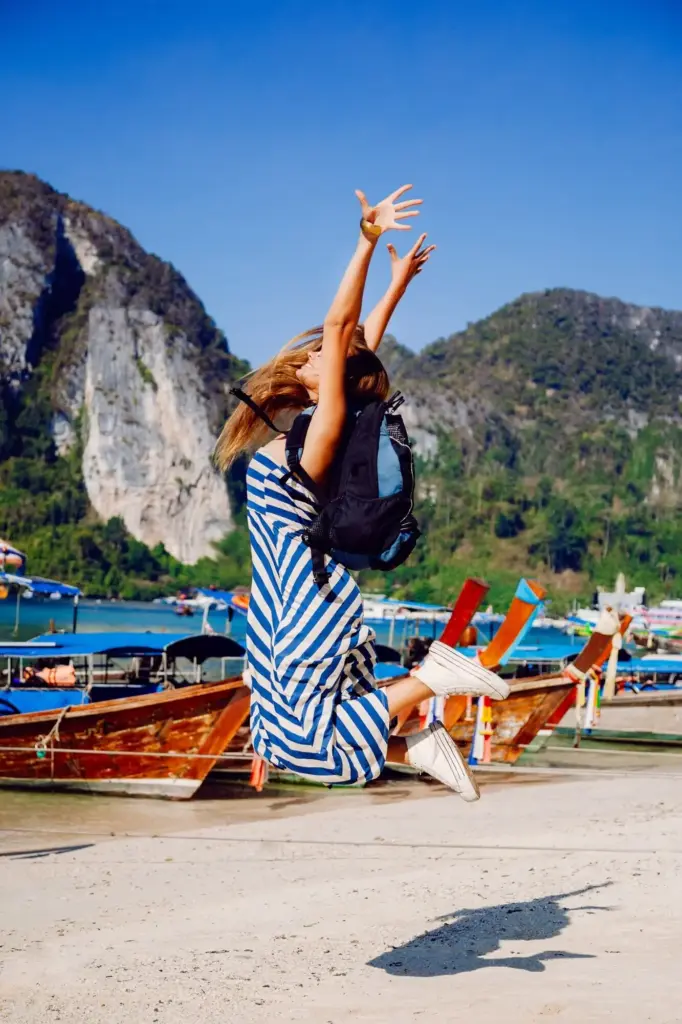Canada’s Wild Encounters: Whales, Bears, and Birds Await
Set out across Pacific swells, rainforest valleys, prairie skies, and Arctic shores as we explore wildlife tourism in Canada—whale watching, bear viewing, and birding—through practical guidance, unforgettable places, respectful practices, and stories that deepen connection to animals and the people who protect them, empowering your next journey with confidence, care, and wonder.
Where Ocean Giants Rise
From the kelp forests of British Columbia to the roaring tides of the Bay of Fundy and the luminous Arctic floe edge, Canada’s waters invite careful, curious observers. Boats hum low, binoculars steady, and every breach, spout, or tail slap becomes a lesson in patience, humility, and shared stewardship for the seas that nourish communities and whales alike.
Sharing the Forest with Bears
Grizzlies of rain-soaked valleys
In autumn, grizzlies step from shadowed alders toward riffles murmuring with salmon. Platforms and blinds place guests downwind and at a respectful remove, while Indigenous guardians share stories of rivers as living relatives. A lifted head, a turned ear, and a patient guide reveal how reading subtle signals can transform nervousness into reverence, and photographs into quiet remembrance.
Polar perspectives in Churchill
When sea ice begins to form near Churchill, polar bears drift along the shoreline like moving snow. Tundra vehicles and guided on-foot programs balance safety with proximity, emphasizing body language and careful routes. A yawn is not boredom, and a glance carries meaning; learning such nuance helps guests leave energized advocates for Arctic ecosystems facing rapid, consequential change.
Everyday wisdom for black bear country
From coastal trails to cottage roads, black bears thrive near humans who manage attractants. Secure food and garbage, carry bear spray where appropriate, and speak calmly if you meet one, giving space and a clear exit. The goal is coexistence, not conquest. When communities align around simple practices, encounters stay brief, safe, and inspiring rather than stressful or harmful.
Skies in Motion
Above capes, river mouths, prairie potholes, and boreal edges, migrations stitch the year together. Canada’s flyways funnel hawks, shorebirds, and songbirds across staggering distances, offering moments when the air seems to shimmer with wings. With respectful fieldcraft—quiet steps, mindful groups, and habitat-friendly choices—visitors can witness astonishing flux without fraying the fragile margins birds need to rest and refuel.






Seasons, Safety, and Respect
When the calendar aligns with instinct
Planning around natural cycles magnifies success. Book whale tours during peak feeding seasons, seek bear viewing near salmon runs, and focus birding on migration windows or breeding displays. Flexibility matters; weather can shuffle timetables. Operators track local patterns and share timely updates, helping you pivot gracefully, minimize disappointment, and elevate your chances of witnessing treasured moments responsibly.
Practices that keep everyone calm
Distance, duration, and direction drive ethical encounters. Give animals choice by never boxing them in, avoid sudden movements, and keep voices low. Drones are often restricted and stressful; skip them. Pack out waste, respect closures, and cap group sizes. When uncertainty rises, follow your guide’s lead. Calm, consistent decisions turn brief sightings into meaningful experiences for animals and people.
Walking with Indigenous knowledge
Many beloved places are Indigenous homelands where language, history, and stewardship shape travel. Hiring local guides strengthens community economies and deepens understanding. Listen to protocols, learn place names, and ask permission where required. When stories of salmon, bears, or whales are shared, treat them as gifts. Reciprocity—supporting conservation initiatives and cultural programs—keeps journeys accountable and relationships genuinely reciprocal.
Guides, Boats, and Lenses
Choosing responsible operators and using the right gear can reduce disturbance while elevating comfort and learning. Seek small-group trips, naturalist-led briefings, and vessels designed for stability and low noise. Pair thoughtful packing with photographic restraint, favoring long lenses and patience over proximity. The result is clearer stories, warmer hands, and wildlife that continues behaving naturally after you depart.




Itineraries and Community
Thoughtful routes can link oceans, forests, and flyways into one unforgettable journey, while shared knowledge keeps discoveries growing. Sketch plans, learn from local calendars, and leave room for serendipity. Then return to tell what you saw, ask questions, and support protection efforts, building a circle where each traveler’s care magnifies the next traveler’s safe, respectful wonder.
